
STRATEGICALLY ALIGNED IN A NICHE MARKET
Contact Us
Your Business Partner for the Future
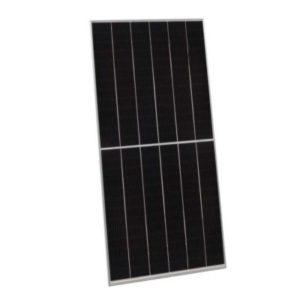
JinkoSolar is always focusing on creating value added for its...
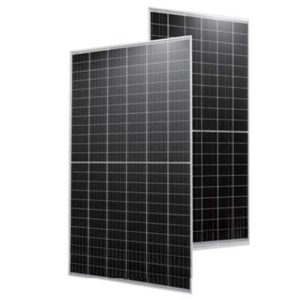
Half-Cell Design Minimizing LCOE and Maximizing IRR Double the Protection...
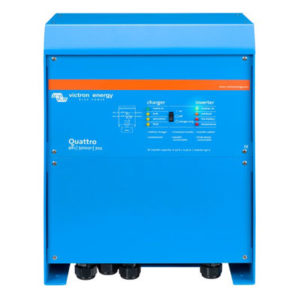
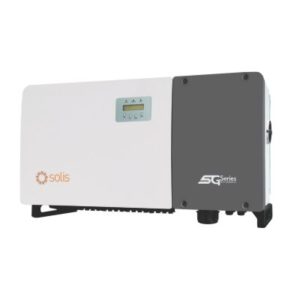
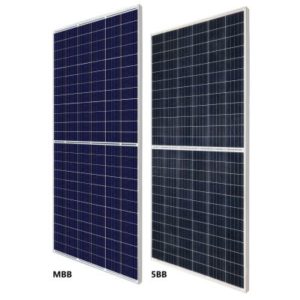
High efficiency poly module CS3U-355|360|365|370P-AG (1000 V / 1500 V)
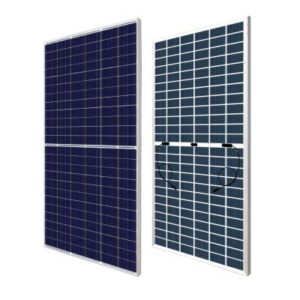

A grid-tied system is a solar PV system that is connected to the existing electrical infrastructure of a facility in parallel to the local electricity grid supply. Therefore, there are two options of electricity supply to the load. One is the solar PV system; the other is the local grid electricity provider.

A backup system is a renewable energy system that can function on its own during no-grid supply scenarios. When the grid supply goes down, it disconnects itself from the grid and creates its own micro-grid that has two supplementals supplies, typically being a battery bank and the solar PV system.

Off-grid systems are independent of the electricity grid. Without a grid connection, the system works in isolation as a form of micro-grid. This process entails solar PV modules harnessing solar energy to power loads, and charge batteries. Batteries are used to store energy for periods when the solar PV modules are not producing the required amount of energy for the loads. An example of this can be periods of prolonged cloud cover that result in low energy yield, or during nighttime periods after the sun has set.

STRATEGICALLY ALIGNED IN A NICHE MARKET
Your Business Partner for the Future
Copyright © 2021 Universal Office Automative Solutions (UOAS) | Website & SEO done by Engineered Media
| Cookie | Duration | Description |
|---|---|---|
| cookielawinfo-checkbox-analytics | 11 months | This cookie is set by GDPR Cookie Consent plugin. The cookie is used to store the user consent for the cookies in the category "Analytics". |
| cookielawinfo-checkbox-functional | 11 months | The cookie is set by GDPR cookie consent to record the user consent for the cookies in the category "Functional". |
| cookielawinfo-checkbox-necessary | 11 months | This cookie is set by GDPR Cookie Consent plugin. The cookies is used to store the user consent for the cookies in the category "Necessary". |
| cookielawinfo-checkbox-others | 11 months | This cookie is set by GDPR Cookie Consent plugin. The cookie is used to store the user consent for the cookies in the category "Other. |
| cookielawinfo-checkbox-performance | 11 months | This cookie is set by GDPR Cookie Consent plugin. The cookie is used to store the user consent for the cookies in the category "Performance". |
| viewed_cookie_policy | 11 months | The cookie is set by the GDPR Cookie Consent plugin and is used to store whether or not user has consented to the use of cookies. It does not store any personal data. |
[gravityform id=”1″ title=”true” description=”true”]